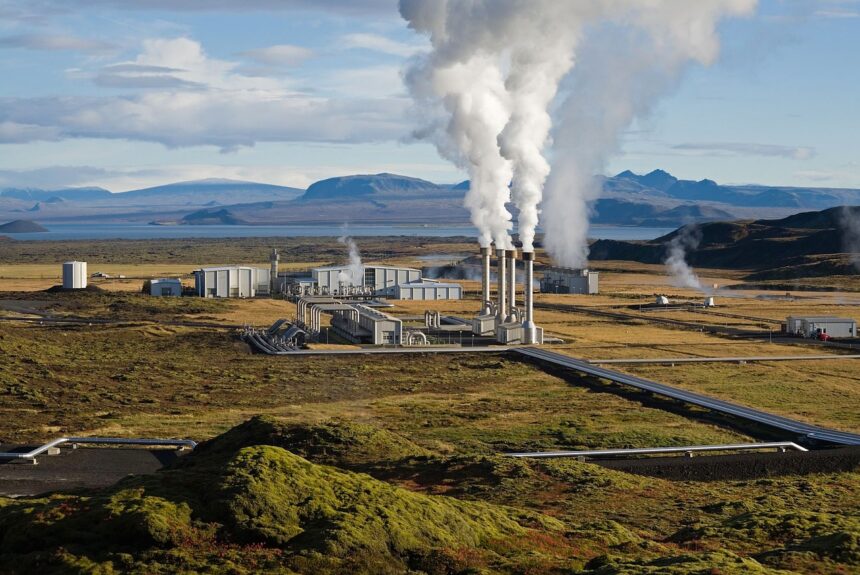Geothermal’s potential for growth is likely much higher than previously anticipated. That’s what researchers from The University of Texas at Austin, Southern Methodist University, Rice University, Texas A&M University, and the University of Houston are saying in a newly released report.
>>>READ: AltaRock Energy Wants to Power the World Through Geothermal Energy
While the EIA’s latest Annual Energy Outlook predicts geothermal power will account for just 2% of total renewable electricity generation through 2050, “The Future of Geothermal in Texas: The Coming Century of Growth & Prosperity in the Lone Star State” claims that the outlook for geothermal energy is actually much brighter. This is because traditional studies surrounding geothermal energy have typically excluded the role of the oil and gas industry in advancing geothermal development. Much like the shale boom of the late 2000s and early 2010s that took the world by surprise, geothermal energy is at an inflection point that is being driven by oil and gas industry engagement. Key findings from the study include:
- “The oil and gas industry could reduce the cost of geothermal development between 20 to 43 percent in the coming years through know-how and existing technology transfer alone, depending on the type of geothermal technology.”;
- “Should the industry drill 15,000 geothermal wells each year for four years, it would provide the energy equivalent of all oil and gas used for electricity and heat production in the [Texas] today, including industrial heat”;
- Nearly 70 percent of oil and gas entities interviewed in the report believe there is no technical geothermal related challenge that the oil and gas industry cannot solve; and
- “Drilling 1.4 million [geothermal] wells globally between 2030 and 2050 could meet 77 percent of the world’s projected electricity demand,” while enabling Texas to achieve 100 percent grid decarbonization.
Geothermal is an oft-overlooked source of renewable energy that has fewer life-cycle emissions than solar and a greater capacity factor than wind power. (Capacity factor is a proxy for reliability in the energy industry; a power plant with a generation capacity of 100% means it is generating electricity 100% of the time). Geothermal harnesses energy from the heat of the earth’s core by drilling deep underground to access water and rock reservoirs that are hotter than 300 degrees Fahrenheit. Water or steam is then extracted which turns turbines to generate reliable, carbon-free power.
The Lone Star state is currently home to at least a dozen geothermal startups. More geothermal startups have launched in Texas in the past two years than in the last ten years combined. Lifelong veterans from ExxonMobil, Shell, Weatherford, Anadarko, Schlumberger, and BP regularly lead the ranks in these entities. Almost 90% of these startups were founded within the last 24 months, according to the authors. Funding from the oil and gas industry represents a crucial source of investment for them.
>>>READ: Renewable Energy Generation Poised to Pass the 25% Mark this Year, EIA Report Shows
“The outcomes of this study are big – but so is the oil and gas industry – and the role of the industry is what has been the missing link in prior assessments about geothermal and its potential to scale,” Jamie Beard, Principal Investigator and Editor of the study, said in a press release.
“Buoyed by investments in oil and gas,” the report predicts a future ‘green’ drilling boom in Texas. While a leader in traditional power production, Texas is poised to lead in clean energy innovation.
Read the report here.
Nathalie Voit is a freelance content creator and a graduate of the University of Florida. She is an alumni of The Heritage Foundation’s Young Leaders Program.
The views and opinions expressed are those of the author’s and do not necessarily reflect the official policy or position of C3.
